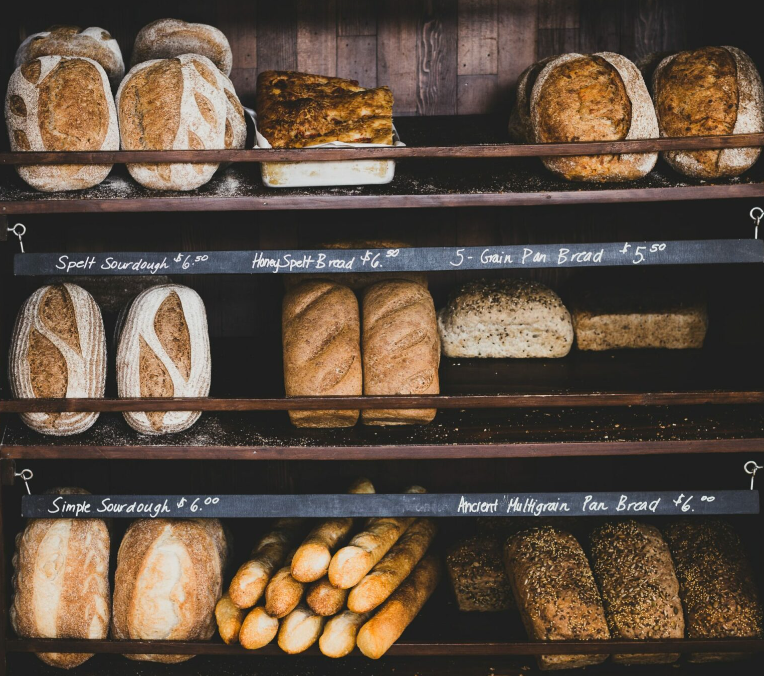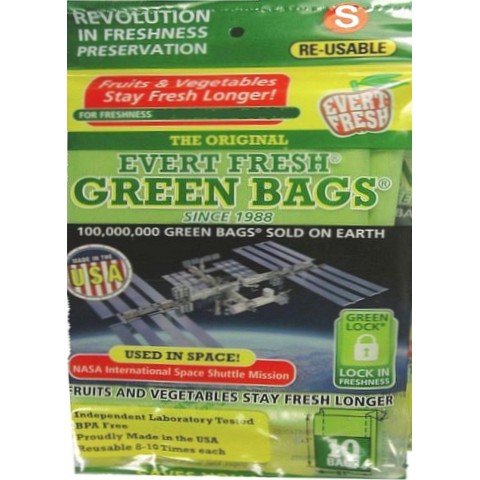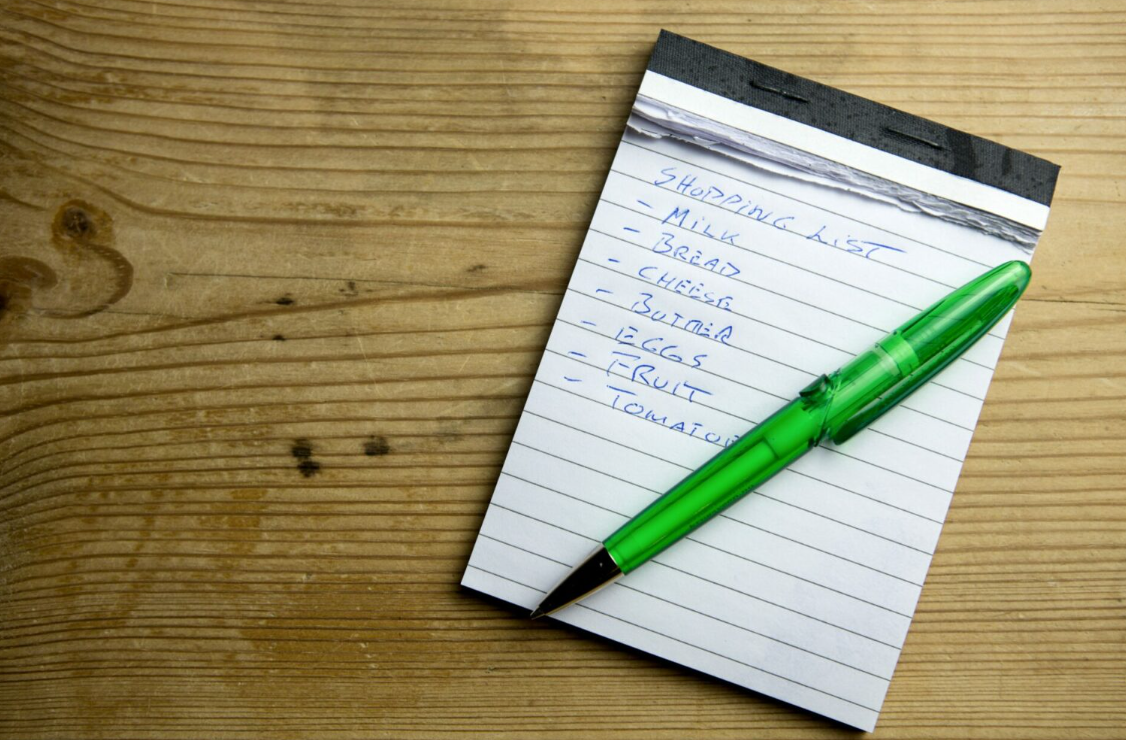Provisioning for Extended Cruising: Feast or Famine?

Anyone who is thinking about extended cruising this summer will likely be thinking about ways to store and preserve food. While the thought of planning meals and provisioning for any cruise can be stressful, experienced boaters have developed strategies for buying in bulk and keeping stores fresh that makes the task more manageable. Schedules can be flexible with meal planning basics on board and rather than being a necessity, shopping while cruising becomes an enjoyable activity when one explores a new destination.
Where to Begin?
Your provisioning list will depend on a few factors:
- Your family’s eating habits, preferences and entertaining style
- Your cruising area
- The distances between predictable amenities
- The number of people
- The weather conditions
- Your budget
- The cook’s preferences

Provisioning Styles
In regular life we vary in the way we shop. While some make extensive lists, others just write down necessities or keep the items in their head.
Victualing techniques for longer periods also differ. Those who prefer lists may make spreadsheets of the items they expect to eat per day/week, along with where they are stowed aboard. Others work from recipe lists and stow these items together. Another group provisions by category (meat, fish, pasta, produce, etc.). Others peruse the supermarket shelves for availability and deals, then stow like items together.
It helps to decide on your organizational preference to have structured shopping and storage methods. I recommend at least outlining your meal and buying accordingly. You can always go off script once you’re out on the water.
Buying supplies can be spread out so that carting and stowing does not become overwhelming.

- Non-perishables such as canned products, rice, sugar, salt, oil, vinegar, tea, coffee, drinks, chocolate and dried fruit can be bought in advance.
- Semi-perishables come second. These are dated perishable items like many condiments, some produce such as apples and onions, and juices. Also in this category are items that will go stale like bread, cereal, crackers, pasta, flour, nuts and soup mixes.
- Perishables should be bought last. These include fresh meat, fish, dairy, and most produce.
Preserving Methods
Frozen: Have fresh meat and fish quick frozen, (or solidly freeze at home) for freezer efficiency on board, and vacuum packed (see below).

Vacuum sealed (fresh or frozen): For longevity, space reduction, retention of flavor and reduction of freezer burn, some people prefer vacuum-sealing food. Items may be bought vacuum packed or sealed at home. Note: bread can be bought that is vacuum packed and partially cooked which lasts well).
Canned: Check expiration dates carefully because canned goods are often bought as a backup and contrary to popular belief, they don’t last forever, especially on a boat. Recently canned items are often at the back of the shelf.
Home Canning: Some cruisers can/bottle their food either as a pre-prepared meal, such as a pasta sauce, or preserve raw products by taking advantage of bargains, such as inexpensive good meat. Note: Texture may change.
Dry goods: Check packets carefully, particularly for bugs. Using airtight containers and bags will improve long and short-term storage. Measure spaces available for stowing before buying.

Freeze dried: Although generally light and compact they can be expensive and less flavourful than their fresh counterparts.
Purchasing and Stowing Tips
These include tasting products before buying in bulk, checking expiration dates on all goods and avoiding cans with dents or bulges. Write contents and dates on can ends in permanent marker if it helps prioritize use. Decant all goods if feasible into airtight containers and dispose of all packaging and wrappers (particularly plastic) before leaving. Why take garbage aboard if you don’t need to?
Ideas for Storage Without Refrigeration
Cheese: Hard cheeses last longest. If not wax sealed, or vacuum-packed, wrap in paper towel or cheesecloth soaked in white vinegar. Place in airtight containers. Cheeses can also be stored in oil.

Eggs: Always buy fresh eggs, that ideally have not been washed, and that have not been refrigerated. Eggs keep for over a month unrefrigerated when turned over in the carton every 2 days to keep the yoke suspended. Traditionally, eggs were sealed in a light film of petroleum jelly (Vaseline) or dipped in boiling water for five seconds, also to avoid porosity of the protective shell. Always store in a cool place and break individually into a separate container to avoid disaster. The smell says it all! Tip: Keep an old container to take to the market.
Milk: There are good powdered varieties available (store in airtight containers) or use boxed UHT (long-life) when fresh is not available. Whisk powdered milk thoroughly when adding to water and refrigerate.
Butter: It can be fresh or canned. If fresh, wrap in wax paper then seal in an airtight container in a cool place.

Produce
- Buy fresh produce right before departure if possible.
- Take the time to pick unblemished goods at a variety of ripening levels.
- Keep produce in cool, dry, dark and ventilated areas for example in baskets, nets or well-ventilated bins.
- Check daily and rotate. Remove ripe items. Don’t let items get moldy as they will quickly contaminate the rest.
- Never store in plastic bags, except those with ventilation holes.
- Buy fresh from a market if possible or a produce store with high turnover.
- Destroy bacteria if necessary, by washing salads and fruit by adding drops of chlorine or iodine.
- Dry thoroughly in the sun if damp.
- Sprayed supermarket fruit and vegetables tend to wilt, ripen quickly and do not keep well.
Produce Storage
Tomatoes: These will ripen quickly if placed near citrus. Buy a variety of ripeness levels if loading up on fresh tomatoes in bulk, wrap individually in newspaper or paper towel, and check daily for ripening.
Citrus: Lemons and limes vary in skin thickness and juice and some ripen quickly. Check in advance.

Lettuce: Most will keep up to three weeks or more when placed in a Ziploc bag with damp paper towel or newspaper and refrigerated, or for a week unrefrigerated if brown outer leaves are removed. Be careful not to ‘burn’ lettuce in fridge. Store in dark, cool place.
Apples: Buy crunchy apples such as granny smith or pink lady that last well. Soft apples such as golden delicious can go mushy quickly. Wrap individually and store securely to prevent bruising.
Bananas: Buy green and allow them to ripen. Note: Bananas emit ethylene gas which speeds ripening so they should not be stored with most other fruit.
Root veggies: Items like squash, sweet potato, yams, cabbage, tropical roots, turnips, onions and large potatoes will last if stored in a cool, dry place. Onions and potatoes should not be stored together as they also emit ethylene gas.
Evert Fresh Green Bags
These are plastic bags that contain oya clay which absorbs the ethylene gas which is given off as fruit ripens, then continues to accelerate the natural decay of food. Reducing the concentration of ethylene around fruit and vegetables slows down the ripening process. These can really extend the life of produce and the gas is used by many bulk produce shippers.

Condiments, Herbs and Marinades
Many of the items that we commonly refrigerate, such as mustards, sauces and jams usually only need a cool place. Keep your favorite herbs fresh with airtight containers and buy in small quantities. Put a small amount of rice in the salt to stop it from clumping.
Passage Provisioning
Make “comfort food” meals ahead of time that are quick to prepare underway on long passages, particularly passages that may have rough weather. It is useful to pre-freeze some dinners, if space allows, for easy preparation on arrival.
Also have handy snacks such as granola bars, cheese and crackers, peanut butter, chocolate and trail mix, along with tea, coffee and hot chocolate at hand. A hot water thermos and coffee press are ideal for cool mornings. (Keep in mind that coffee and tea can cause seasickness.)

Start Your Own List
When a list of supplies has been made it is easier to establish storage requirements. What type of storage, what size, accessibility and temperature will be the focus of my next article. Ideas will include modifying the boat to include more lockers, and increasing comfort, ventilation, lighting, heating on board, and general livability. I will also include galley equipment and design that will make cooking on your boat a rewarding activity, with shopping ashore in new places an anticipated fun adventure.